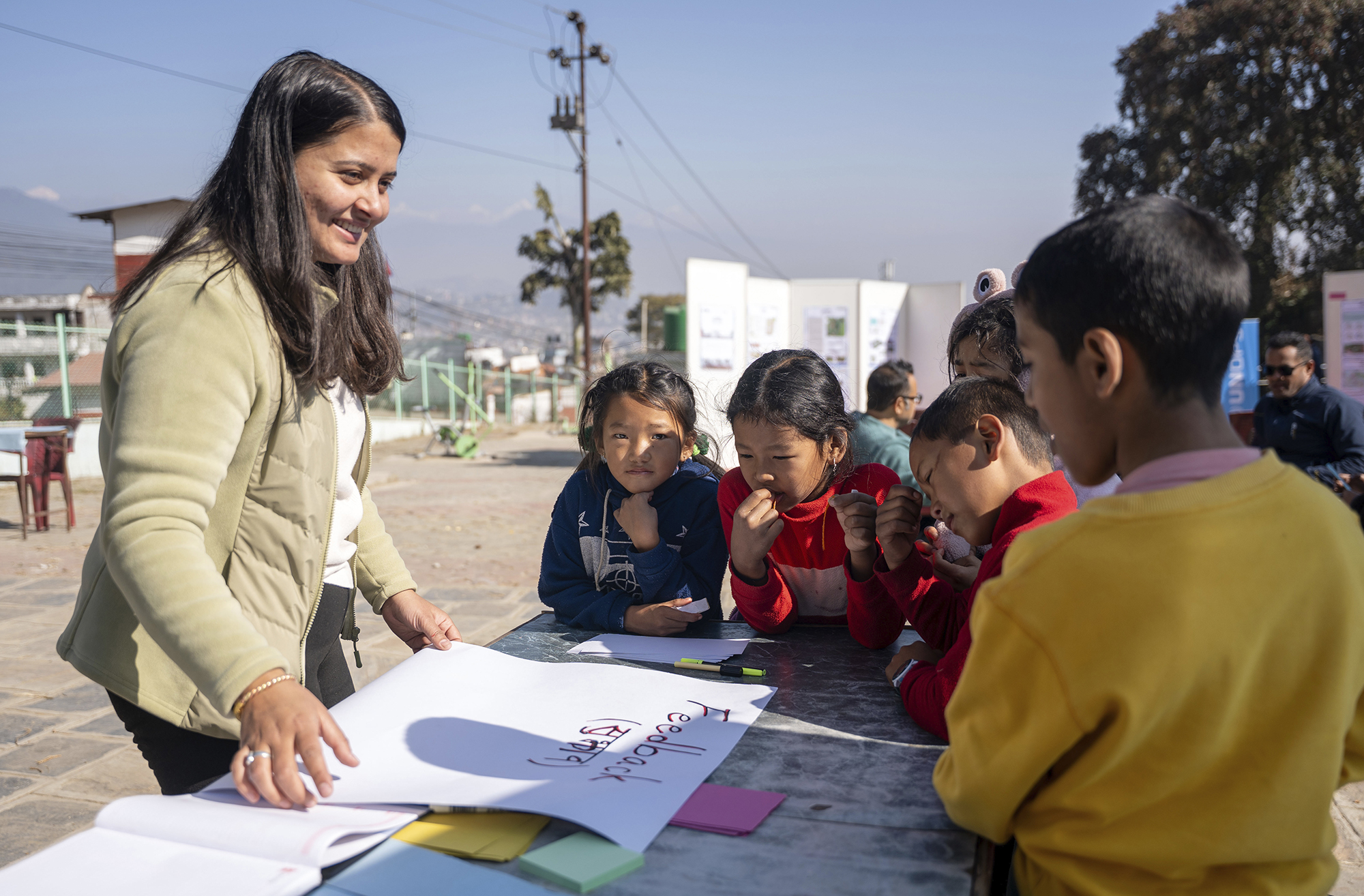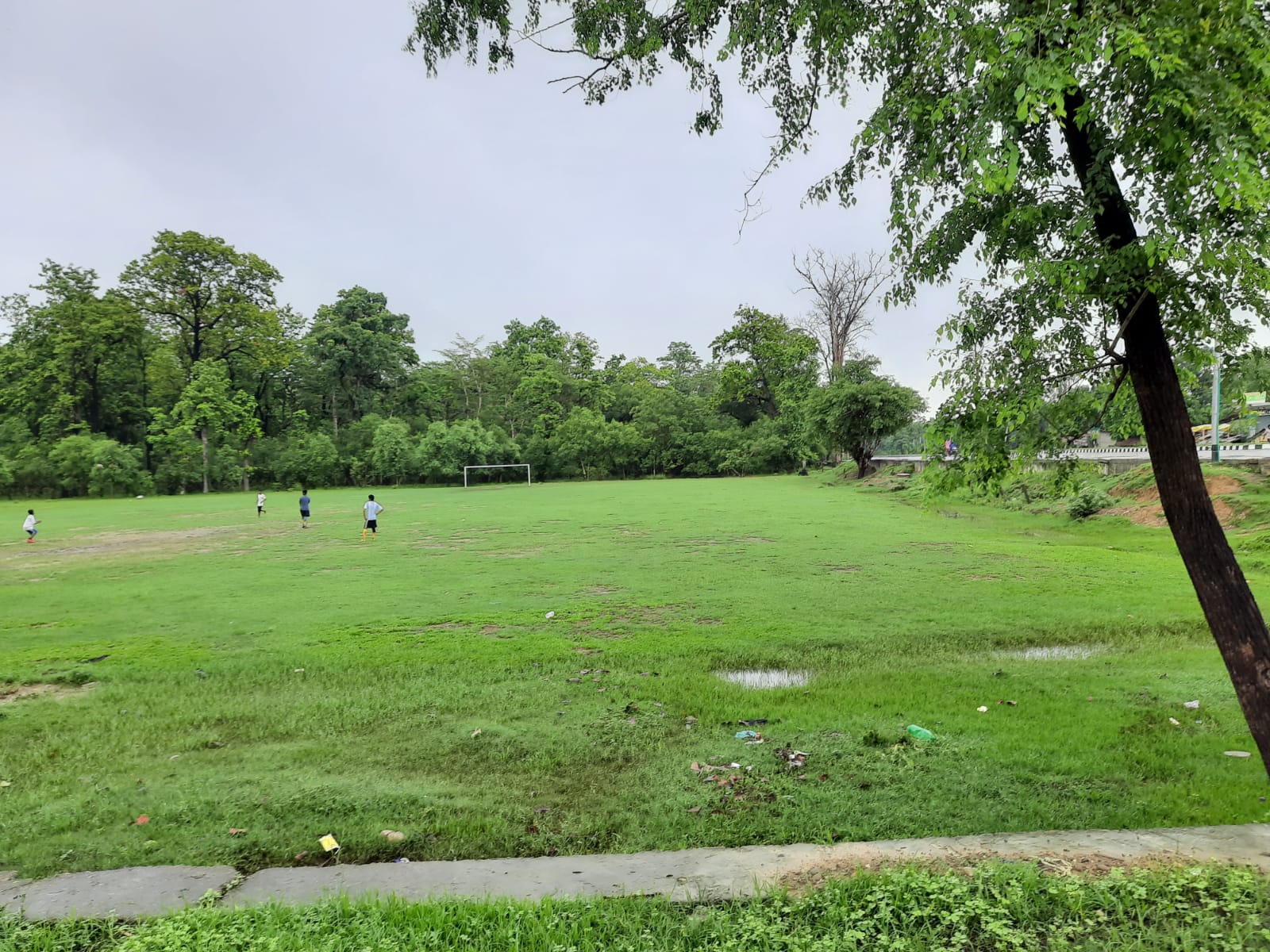“In 2008, for the first time in history, more people will live in cities than in rural areas. One third of these urban dwellers – more than 1 billion people – live in slums.”
Thus opens The Places We Live, an extraordinary look at everyday life in the slums of four cities: Caracas, Venezuela; the Kibera slum in Nairobi, Kenya; Dharavi in Mumbai, India; and Jakarta, Indonesia.
In each city, Bendiksen introduces us to four families who tell how they came to live in the slum and describe what their lives are like.
They are a diverse group; some were born in the slum in which they live, and some found it to be the only place they could afford when they moved to the city looking for work. All have made an effort to turn their dwelling into a home.
Some of the people Bendiksen introduces us to include:
-
A grandmother in Caracas who is struggling to raise her teenage grandson in an atmosphere of drugs, alcohol and violence.
-
A married father who grew up in Dharavi and can’t imagine wanting to live anywhere else, because it is his childhood home and he loves the community.
-
A family of 10 people living in a 10 x 10 ft house in Kibera that they have decorated with newspapers so they can easily spot the cockroaches.
-
A man living in a 10 x 3 ft space under a Jakarta bridge so that he can work to provide school supplies for his daughter, who lives outside the city with her grandmother.
For each of the 16 families, there is a 360-degree panoramic view of the home so that users can get a sense of how much each family has built out of so little. Through translated voice-overs, the families to tell their stories about life in the slum in their own words.
“The Places We Live was not a search for finding the absolute extremes of urban poverty – I wasn’t looking for the dirtiest spot, the poorest hovels or the most crime-ridden street corner,” Bendiksen writes in his blog. “My task was to find how people normalize these dire situations. How they build dignity and daily lives in the midst of very challenging living conditions.”
In addition to the slideshow, Bendiksen has published a book version of The Places We Live. There is also an interactive travelling photo exhibition developed in cooperation with the Nobel Peace Center in Oslo.
For more about The Places We Live and Jonas Bendiksen, please visit www.theplaceswelive.com




